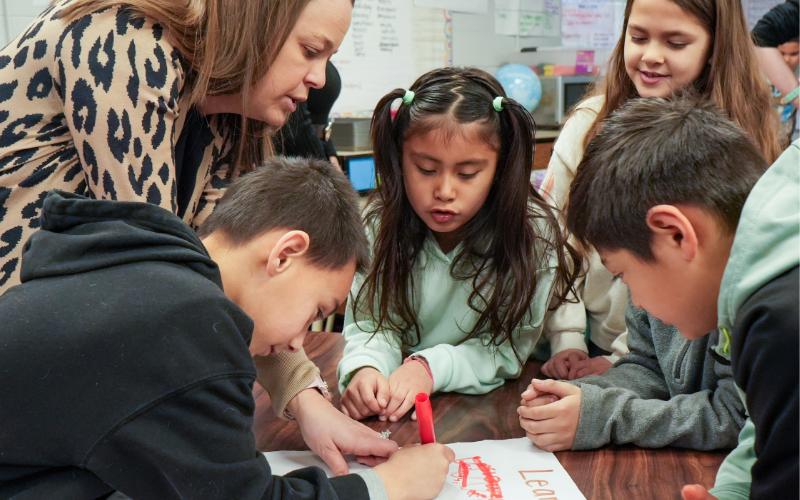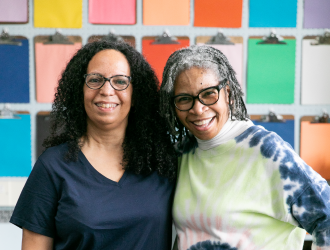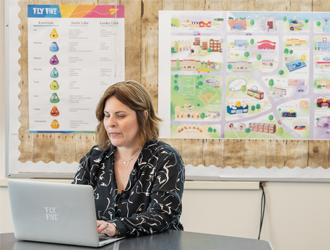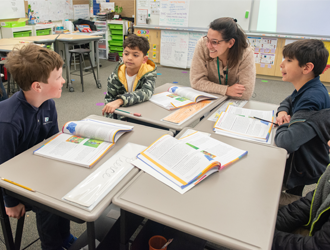How to Improve Representation in the Classroom

Providing authentic, adequate, and diverse representation is a key component in creating socially responsible schools and students. Increasing representation in the classroom can be done in a variety of ways, and even small changes can make a difference. To start, teachers can reflect on aspects of their instructional materials and classroom setup to discover areas to improve representation. Consider the following (Johnson, 2020; Drexel University, n.d.):
- Which authors are prominently featured on your shelves, and which ones are not?
- What types of families, neighborhoods, religions, cultures, and classes are represented in your stories and materials? What is the nature of this representation?
- How can your classroom decor, toys, and games be inclusive of the students and families in your school and community?
- What do you hope students will learn from guest speakers? What can you do to widen your pool of speakers so that they better represent diverse identities and perspectives?

In addition to using classroom books and materials to improve representation, educators can discuss representation with students in a critical, meaningful way. Students can expand their thinking by bringing a critical analysis to academic subjects like history, for instance. Having students explore histories other than their own (Drexel University, n.d.) and interrogate the nature of representation in historical narratives fosters a mindset of critical inquiry. This mindset can get students thinking about representation and its impact on a consistent basis, which encourages them to decenter their own narratives and find connections with cultures different from their own.
Teachers can work to increase their knowledge of their students’ backgrounds and skills (Greer, 2014), and students and teachers can reflect together on how their unique life experiences impact the way they see themselves and others. How does one’s own culture mediate their perspective when interacting with others, especially others who may be different from them? Teachers can be advocates for increasing representation in the classroom, and they can also provide students the tools to think critically about the content with which they engage throughout their education. This allows students to see themselves and others as whole, authentic human beings who have the tools to connect with others and shape the reality in which they hope to live.

References
Drexel University. (n.d.). The importance of diversity & cultural awareness in the classroom. School of Education. https://drexel.edu/soe/resources/student-teaching/advice/importance-of-cultural-diversity-in-classroom/
Greer, A. (2014). Increasing inclusivity in the classroom. Vanderbilt University Center for Teaching. https://cft.vanderbilt.edu/guides-sub-pages/increasing-inclusivity-in-the-classroom/
Johnson, S. (2020, August 31). 9 areas of your teaching to evaluate for diversity & inclusion. We Are Teachers. https://www.weareteachers.com/classroom-representation/







